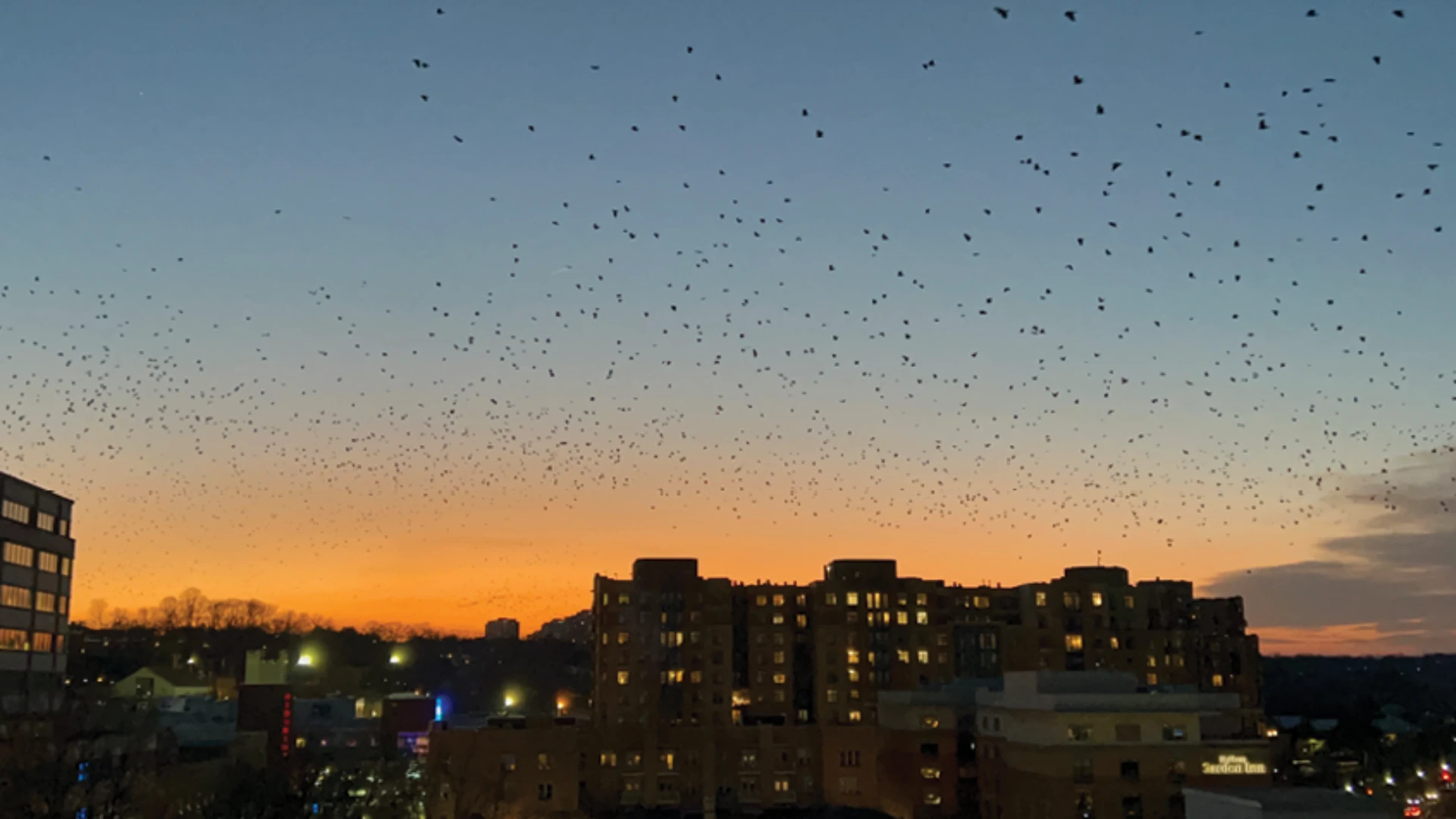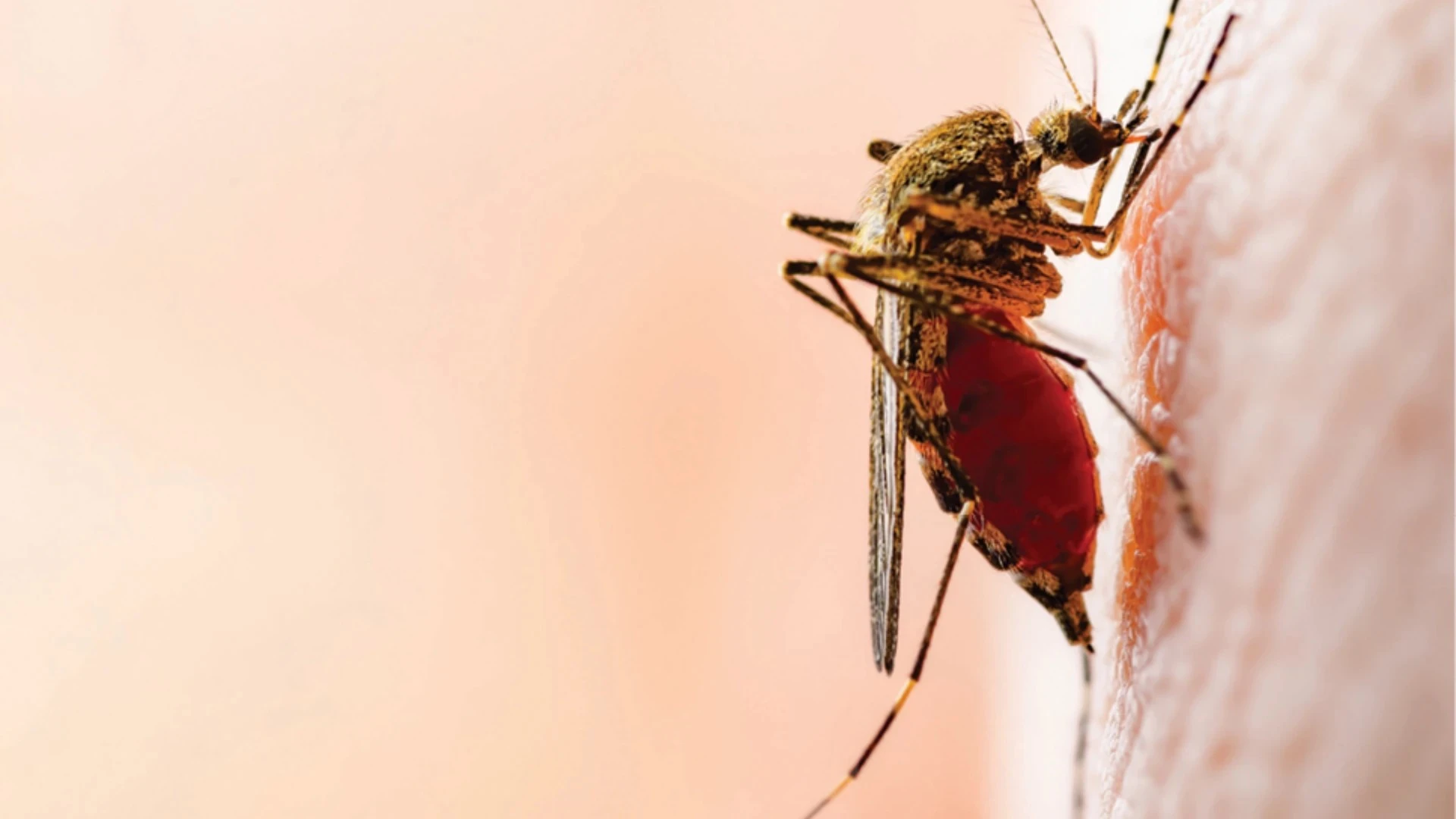
Editor's note: Seasonal pest stink bugs are out — and in some areas of the country in greater numbers than normal. Customers will likely have questions about this occasional invader. PCT revisits our October 2020 feature “Why Do Stink Bugs Stink?” which provides advice for what pest management professionals can tell their customers about these pests.
Stink bugs smell, well, bad. And one species, the brown marmorated stink bug (Halyomorpha halys), has become increasingly common in recent years. But why do stink bugs stink? How do they make that smell? And are they dangerous?), consisting of thousands of species around the world and more than 200 species in the United States and Canada,” says Matt Bertone, an entomologist at North Carolina State University.Pentatomidae“Stink bugs are a family of insects (
“The species you are most likely to find in your house is probably the brown marmorated stink bug, or BMSB,” Bertone says. “This species is native to Asia, but has been found in the U.S. since the late 1990s. It’s a widespread nuisance in homes, and now appears to be an agricultural pest of many crops as well.”
Here’s a brief Q&A you may want to consider sharing with your customers who call about these occasional invaders.
Q: Why do stink bugs stink?
A: “BMSBs, and most stink bugs, don’t bite or sting to defend themselves,” Bertone says. “Instead, they produce foul odors as both adults and juveniles to discourage predators. Very few predators want to eat something that smells awful. And BMSBs put off a sharp, acrid odor.”

Q: Are stink bugs dangerous?
A: No. Although the fluids they produce can sometimes cause skin irritation for some people, stink bugs aren’t toxic, and they don’t bite or sting people. Mostly they’re just stinky.
Q: Do stink bugs stink all the time?
A: No. Stink bugs can control when they release the chemicals that produce their namesake stink.
Q: How do stink bugs produce their stink?
A: “Stink bugs — including BMSBs — have special glands in their thorax that are filled with a chemical cocktail that produces a mix of odors,” Bertone says. “When threatened, a stink bug can release the chemicals onto a rough part of its exoskeleton called the ‘evapatorium.’ The shape and texture of the evapatorium helps the chemical evaporate more easily, quickly spreading the foul scent into the air — and hopefully discouraging predators.”
Q: Do other bugs produce stinky smells?
A: Yes. Lots of true bugs, including everything from giant water bugs and water striders to assassin bugs and leaf-footed bugs, produce stinky scents. But stink bugs, as their name suggests, are especially stinky (though some people think leaf-footed bugs are a close second).
Some bugs, like the boxelder bug (Boisea trivittata), look similar to stink bugs — but don’t stink at all (they lose the relevant scent-producing glands when they become adults).
Q: How do I get stink bugs out of my house?
A: “As adults, stink bugs spend the winter in secluded places,” Bertone says. “In nature this is usually under bark or in other hidden places. But human homes are a great surrogate.”
In the fall, homeowners may find an abundance of these bugs entering their home to look for hibernation spots (they also will likely see them again in the spring when they leave). If only a few are present, they can be disposed of by hand or using a small container to trap them. With large invasions the bugs can be vacuumed up and disposed of (though this may stink up the vacuum). Of course, pest management professionals would recommend homeowners reach out to their local pest control firm for control and exclusion services.
“The best way to prevent re-infestation is to make sure your home is well-sealed to prevent the bugs from getting in in the first place,” Bertone says. Source: North Carolina State University
WANT MORE?
Enter your email to receive our newsletters.

Explore the October 2020 Issue
Check out more from this issue and find your next story to read.
Latest from Pest Control Technology
- OvoControl Now Available in Chile
- Envu Announces Savings Programs for Pest Management Professionals
- Follow the Trail
- Carpenter Ants: Understanding the Bothersome Burrowers
- Massey Services Acquires Insight Pest Solutions of San Antonio
- Target Specialty Products Expands Sales Leadership Team
- Mosquito Joe Promotes David Price to Vice President of Strategic Growth
- Abell Pest Control Recognized as One of Canada’s Best Workplaces in 2025





